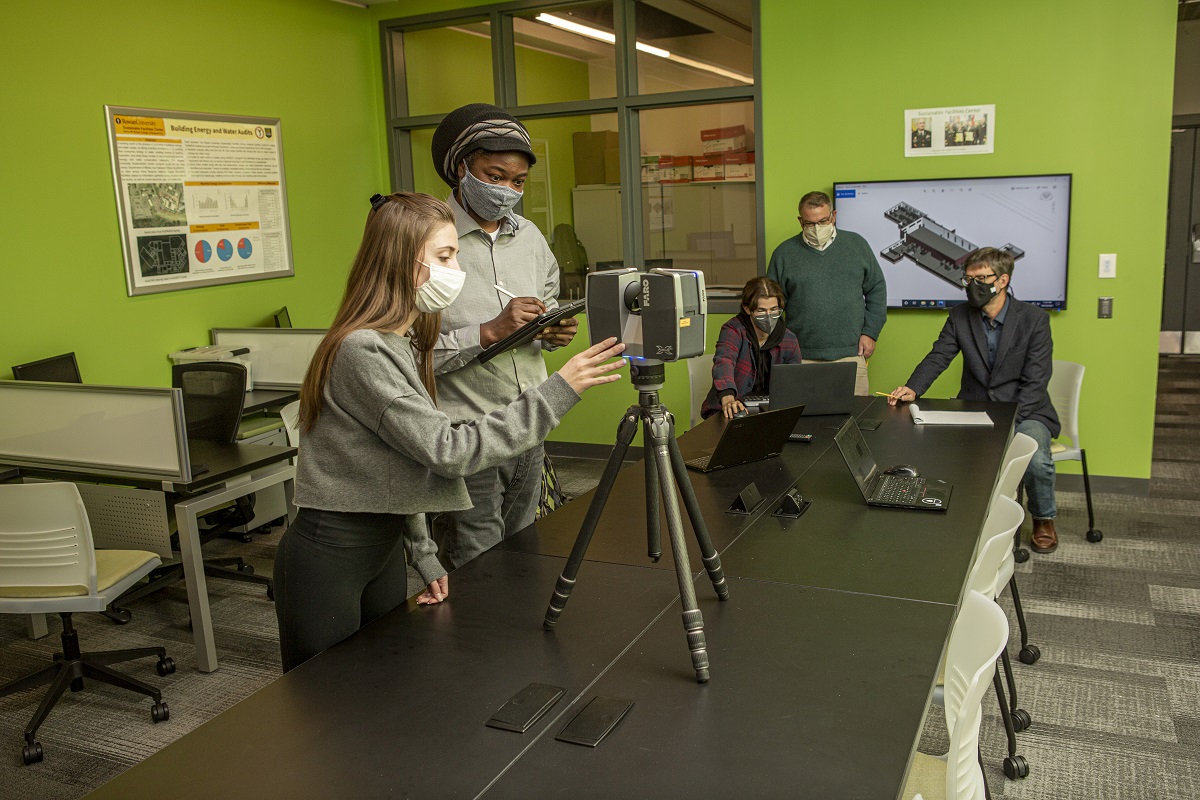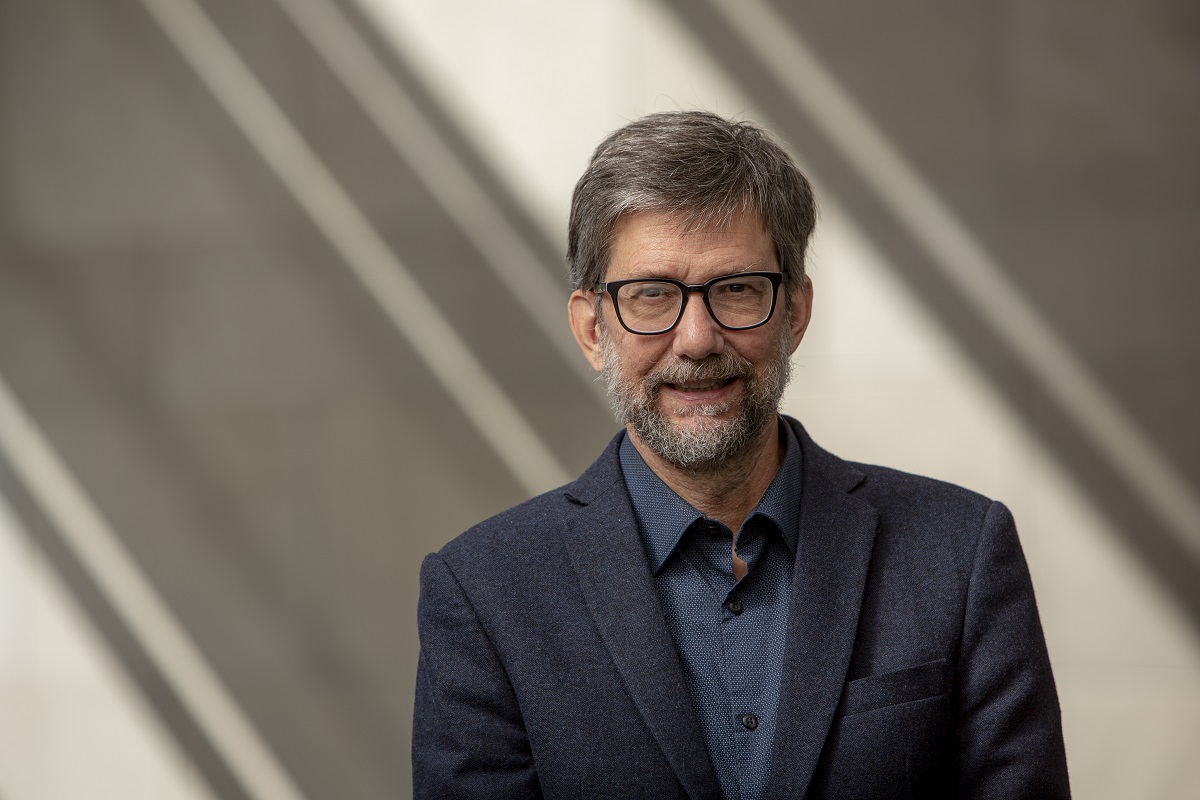Rowan’s Sustainable Facilities Center earns $6M commitment from state agency
Rowan’s Sustainable Facilities Center earns $6M commitment from state agency

The Rowan University Sustainable Facilities Center (SFC), part of the Henry M. Rowan College of Engineering, recently received a six-year, $6 million boost from its longtime funder, the New Jersey Department of Military and Veterans Affairs (NJDMAVA). 
What started out in 2008 as primarily ad hoc orders for energy audits—beginning with Fort Dix Headquarters in Burlington County—eventually contributed to the center's official opening in 2018. Now, the center has three separate contracts with the state agency and enough work to support a third full-time staff member, plus plenty of hands-on projects for junior and senior engineering students.
“We’ve had this relationship and have been getting this funding for a long time, but now it’s really growing,” said Dr. Jess Everett, the center’s founding director and professor of civil and environmental engineering. “We’re doing more projects for this state entity and we have received more than a 50 percent increase in funding compared to last year.”
“Over time, we started doing more with NJDMAVA and getting the continuity we needed to really raise the bar on these audits,” said Dr. William Riddell, principal investigator for the Building Audit/ISR Program at the Sustainable Facilities Center and associate professor of civil and environmental engineering.
The facilities include 153 military buildings with more than 2 million square feet of space. While the average age of these buildings is 54 years, some—like the Newark Readiness Center built in 1899—are more than 100 years old.
Energy and water audits are just one facet of the center’s work. Teams are also implementing the BUILDER Sustainment Management System, conducting 3D-laser scans of building interiors and exteriors, and creating 3D building models using building information modeling software.
The biggest difference between the center’s newest efforts and its previous contracts with the state agency is an increased focus on cohesion between projects.
“These systems grew up independently and organically, but nobody has tried to sync up work order systems with water and energy audits,” explained Everett. “By getting these different projects feeding into each other, we can save costs, have better data for making decisions and even help plan for keeping crucial missions running in emergencies.”
The center now has three teams of junior and senior clinic students working on building audits and one team each working on the tasks of modeling, maintenance recommendations and special projects that, this year, include the use of drones with infrared cameras to inspect rooftops.
“This hands-on experience will be useful throughout my future career,” said John Foster, who earned his bachelor’s degree in civil and environmental engineering from Rowan in 2020 and is now pursuing his master’s degree through a graduate fellowship. Foster and other students who have been part of the center for multiple semesters have seen firsthand how its projects have grown.
“Over the last year, the project has expanded in scope in terms of measures taken to reduce consumption as a whole, whether it be through a more thorough analysis of sites or through recommending more energy conservation measures,” said electrical and computer engineering major Ali Elhamaw.
Such clinic projects have ignited students’ interest in careers in energy consumption and sustainability.
“We’re seeing students who went through the program continue to grow in sustainability roles,” Riddell said, “and I like to think it’s a direction that got started with our program."